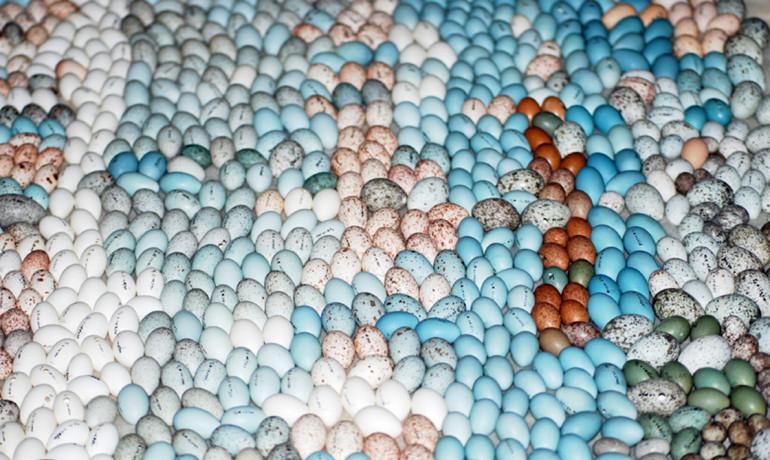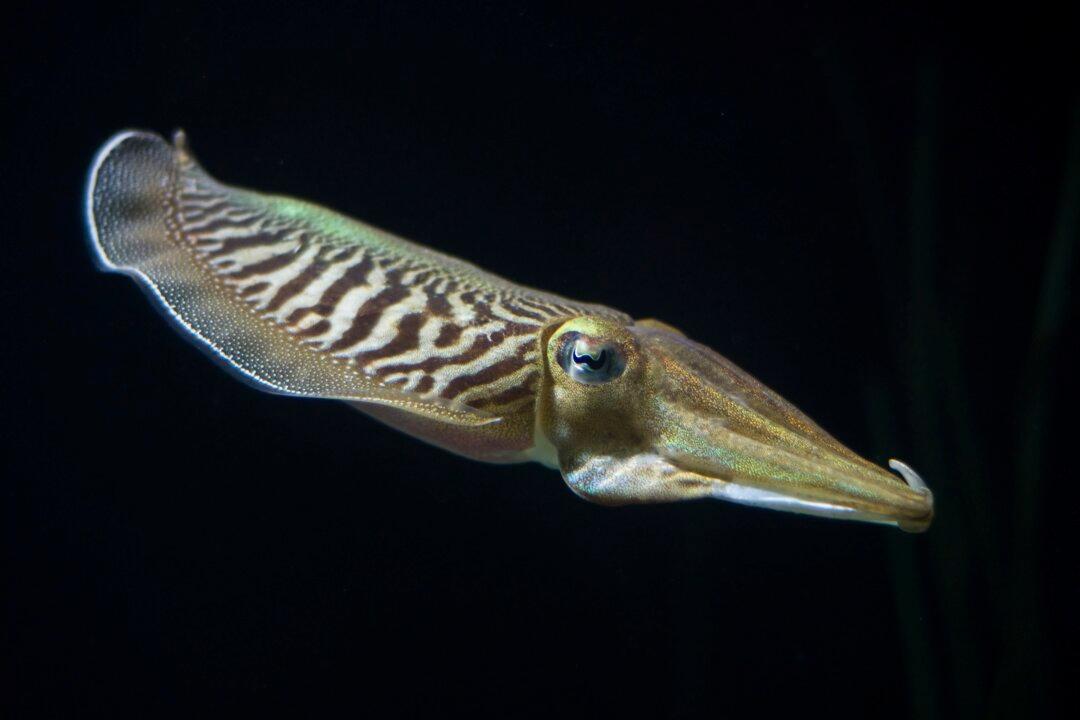In the scrublands of southern Zambia, birds are practicing what’s known as “brood parasitism”—laying eggs in the nests of another bird species. And the victims are fighting back with colors and patterns.
African songbirds that are frequently victimized by brood parasitic cuckoos have taken to creating elaborate patterns on their eggs to help them recognize the forgeries, according to a new study in the Proceedings of the Royal Society B.
During her master’s research at the University of Cambridge, Duke University graduate student Eleanor Caves methodically examined how two kinds of songbirds pattern their eggs to try to stay one step ahead of two species of parasitic birds.
Sometimes I had to grab the eggs and run inside because the baboons were coming.




